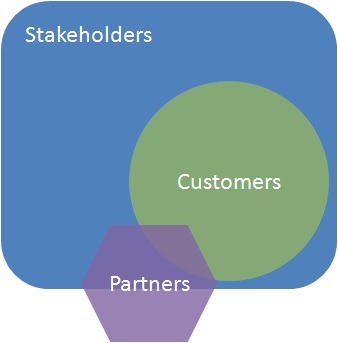I am now a weekly guest blogger with National Graduate School. Please check out my blog there.
Follow us as we explore how to build a culture of continuous improvement.
Building a culture of continuous improvement isn’t easy and can take a considerable amount of time. However, it’s very possible and results can be felt within weeks of embarking on the journey. Over John’s 25 plus years of experience, he’s developed a model rooted in strategy and designed to build this culture in any organization. Join John and National Graduate School as we weekly explore this model and ways to drive this type of culture. We look forward to your thoughts and inputs along this journey, so join us and watch for our future blogs about once a week with the tag line “CIC.”
http://ngs.edu/2014/05/01/building-culture-continuous-improvement/









 Strategic planning, as a structured and systematic process, is successful when it is leader-led and overcomes the five reasons 70% of all strategies fail. Learn how to see your plan through to success. The strategic planning process is where leaders of an organization establish the vision of the organization’s future and then develop and implement the actions necessary to achieve that future. This article expands on the strategic planning concepts addressed in
Strategic planning, as a structured and systematic process, is successful when it is leader-led and overcomes the five reasons 70% of all strategies fail. Learn how to see your plan through to success. The strategic planning process is where leaders of an organization establish the vision of the organization’s future and then develop and implement the actions necessary to achieve that future. This article expands on the strategic planning concepts addressed in 
 Strategic planning, as a structured and systematic process, is successful when it is leader-led and overcomes the five reasons 70% of all strategies fail. Learn how to see your plan through to success. The strategic planning process is where leaders of an organization establish the vision of the organization’s future and then develop and implement the actions necessary to achieve that future. This article expands on the strategic planning concepts addressed in
Strategic planning, as a structured and systematic process, is successful when it is leader-led and overcomes the five reasons 70% of all strategies fail. Learn how to see your plan through to success. The strategic planning process is where leaders of an organization establish the vision of the organization’s future and then develop and implement the actions necessary to achieve that future. This article expands on the strategic planning concepts addressed in 



